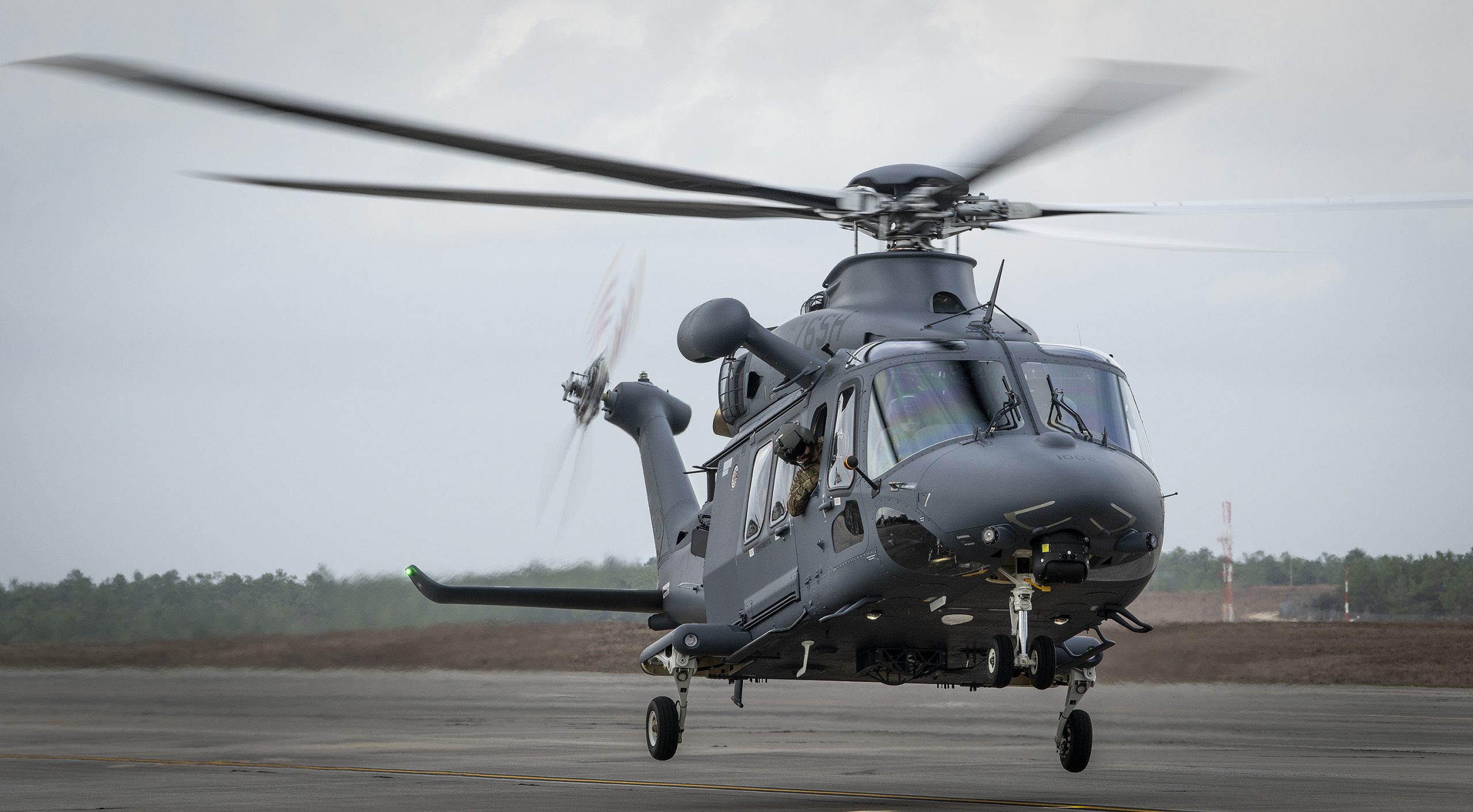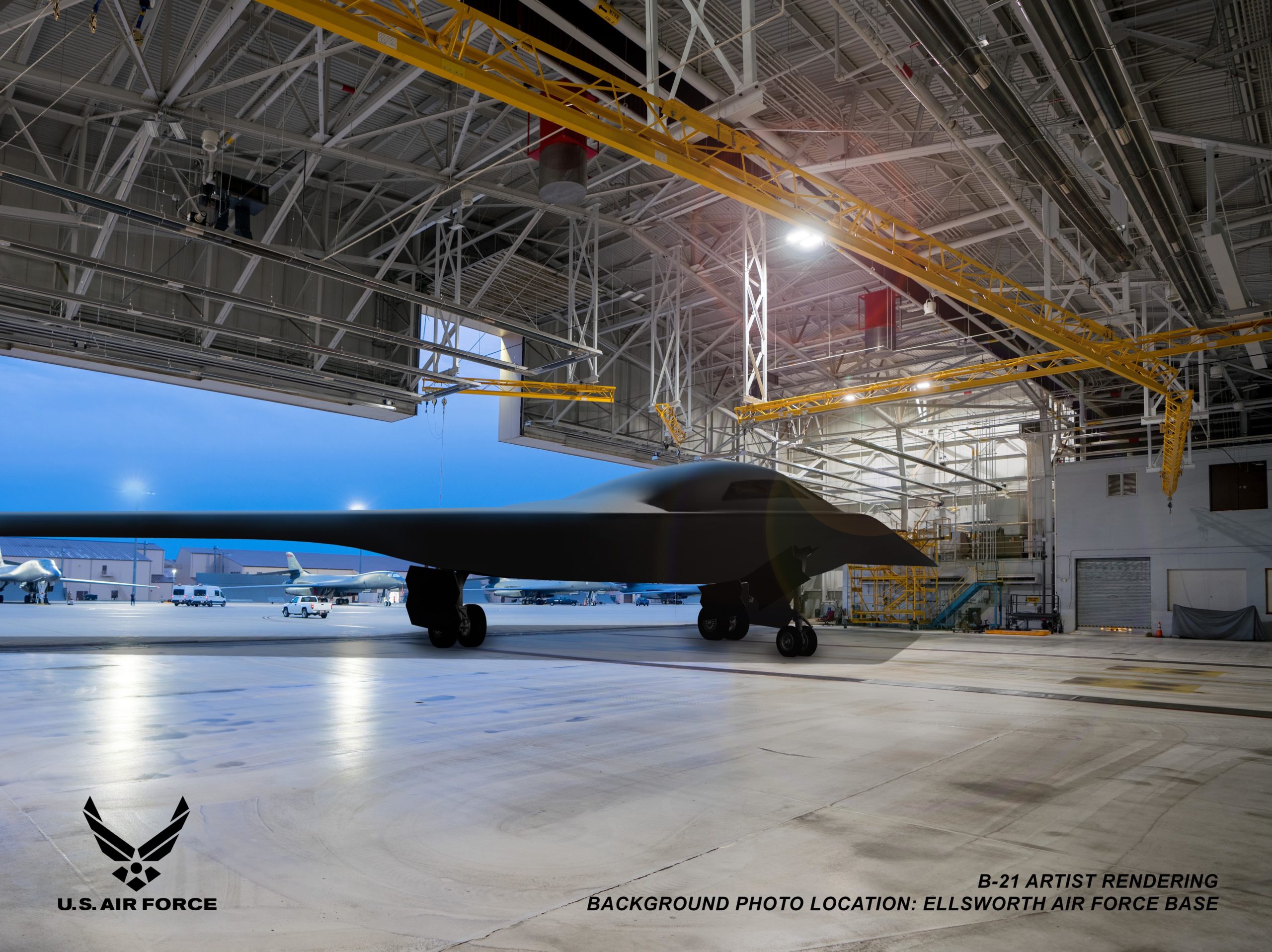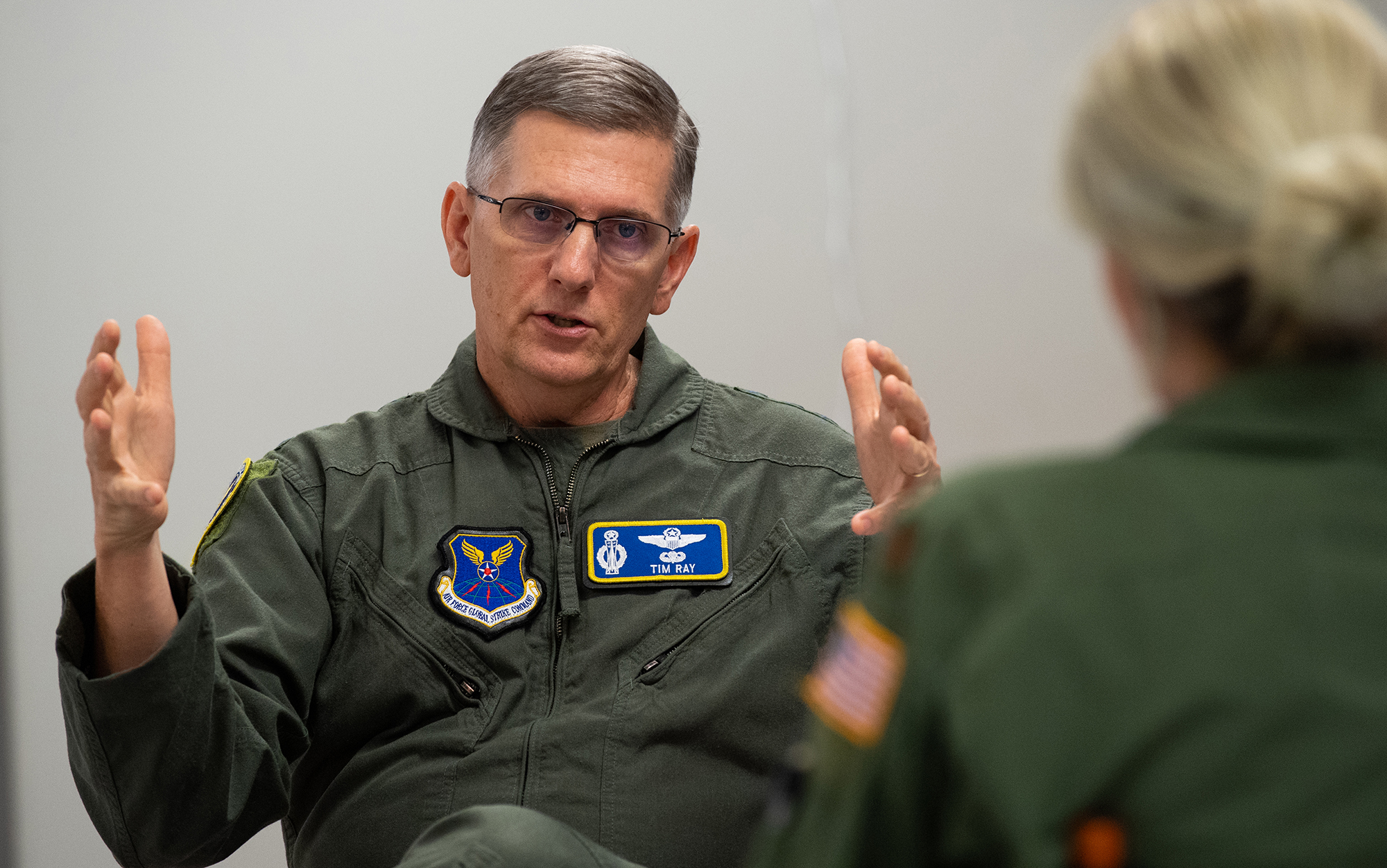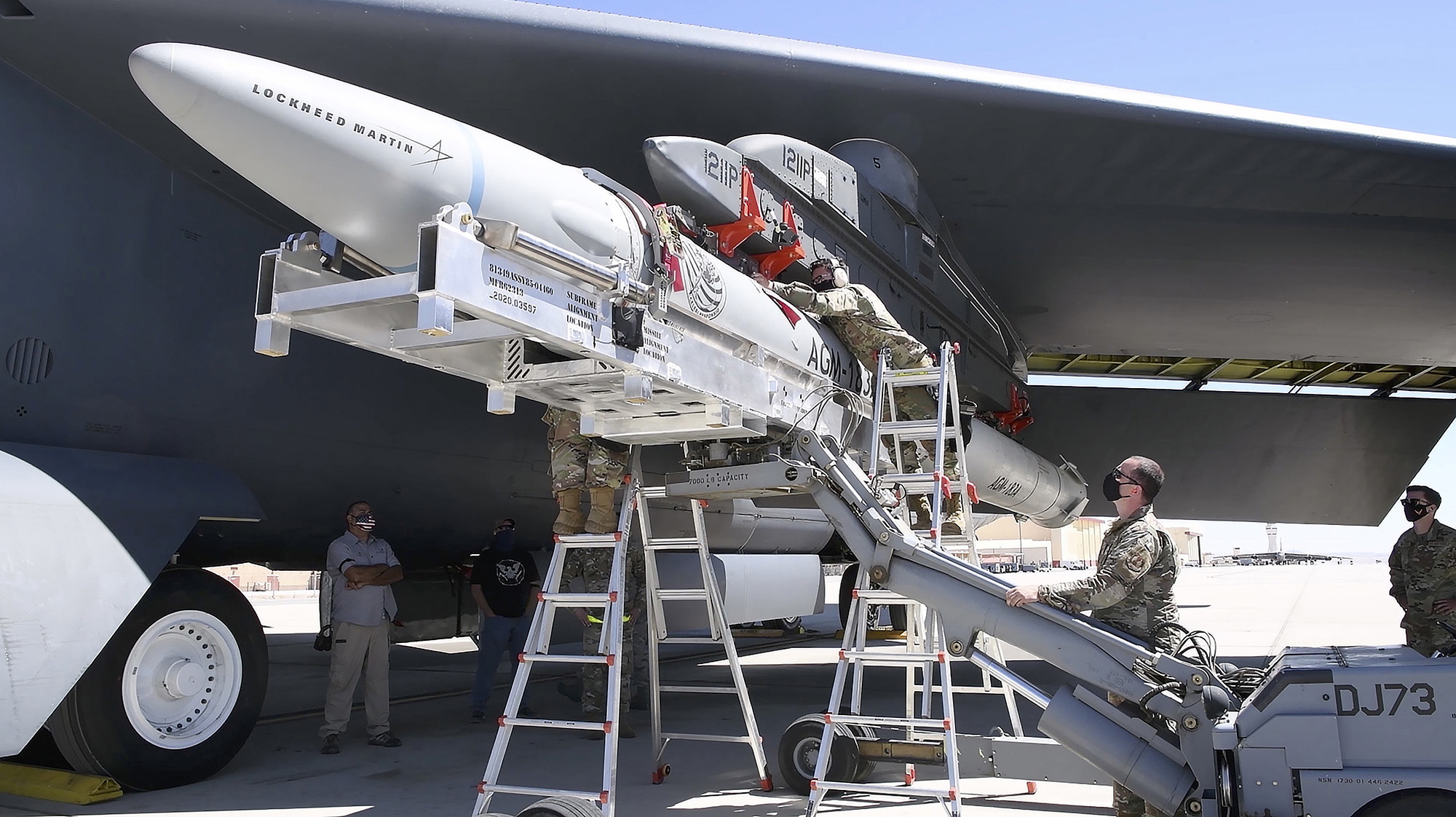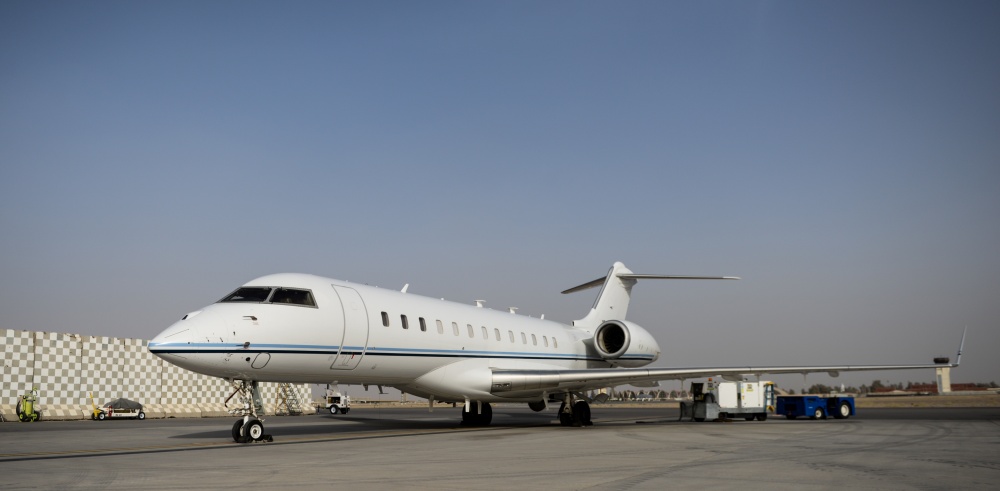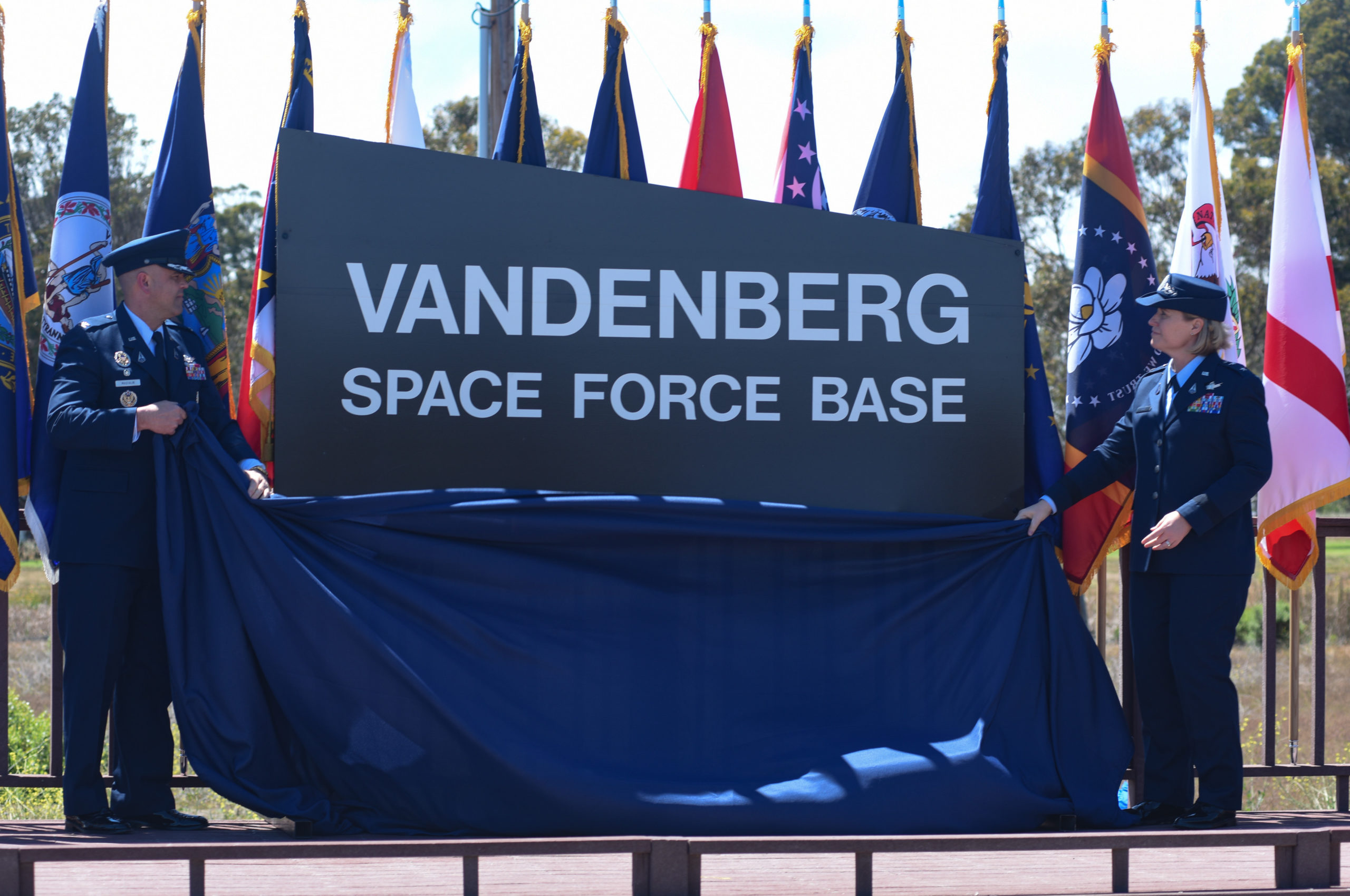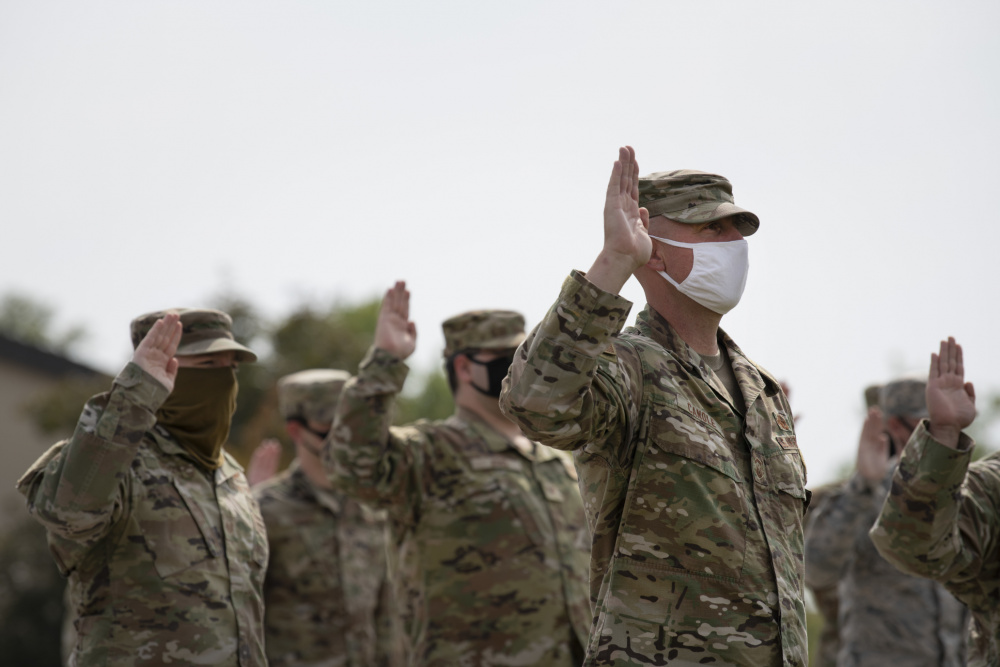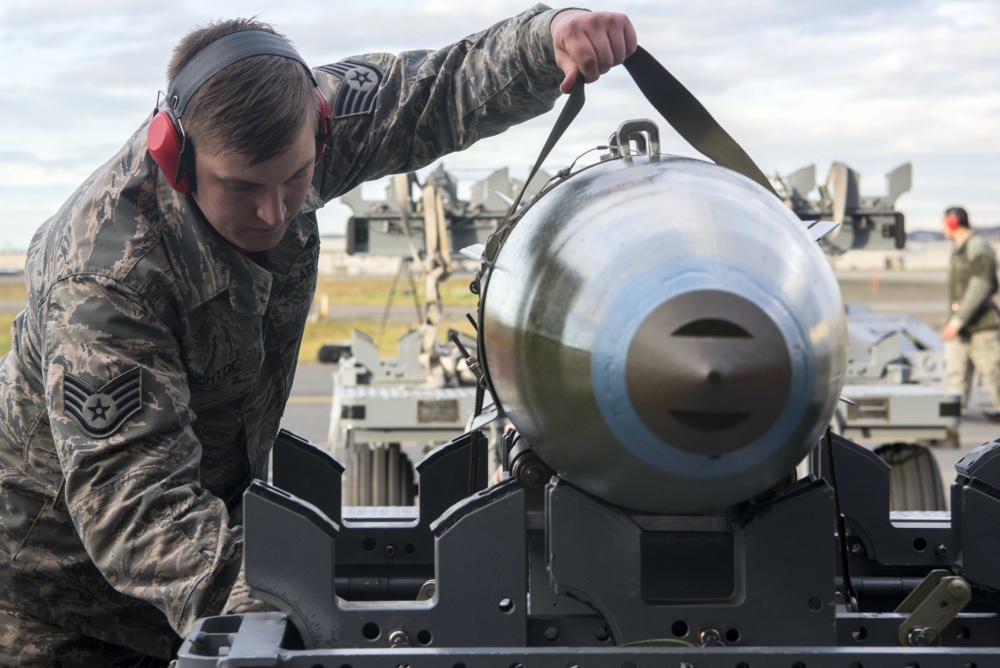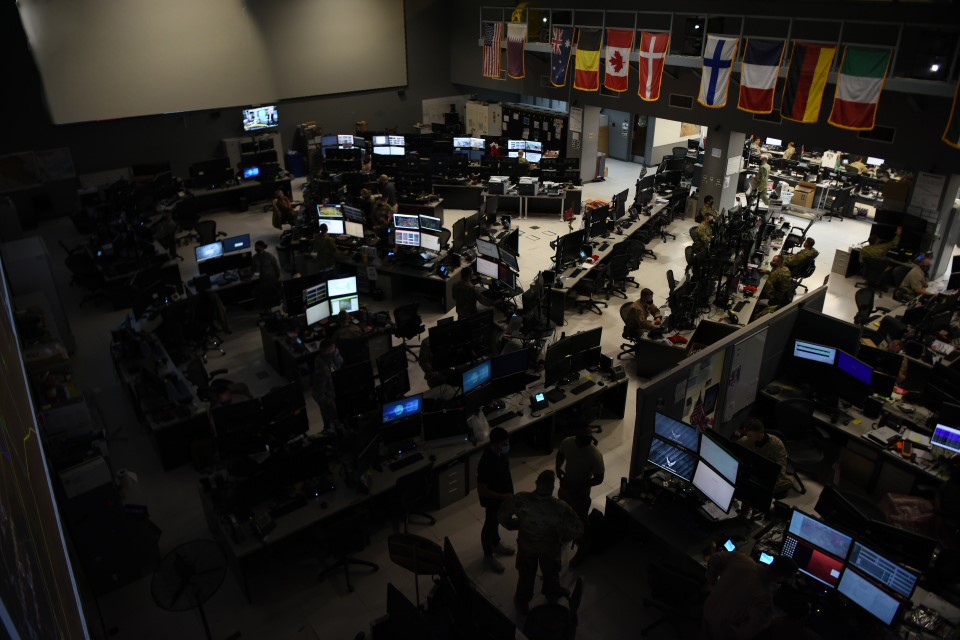Air Force Global Strike Command boss Gen. Timothy M. Ray said the Air Force did not include any new MH-139A Grey Wolf helicopters in its fiscal 2022 budget request because of certification delays related to the pandemic.
Ray said the issue with the helicopter, which the command will use to support and provide security for its missile fields, is more “a matter of paperwork” due to delays in Europe stemming from the COVID-19 pandemic than any technical issues with the aircraft.
“I spent some time talking to Boeing about this three weeks ago,” Ray said during a June 3 virtual event hosted by AFA’s Mitchell Institute for Aerospace Studies. “I would characterize these problems as administrative certifications, not terribly technical in nature. [It’s] not very complicated technology.”
Ray said he’s “not concerned” about the issue, noting the necessary certifications should come “in six months. We’ll be just fine.”
Boeing is partnered with the Italian firm Leonardo on the program, and Europe was “hit very hard with COVID,” he noted. This made it difficult to certify that the militarized aircraft would function like its civilian counterpart. There also were issues with scheduling testing, he said.
The Air Force received approval to buy eight of the helicopters in 2021, but the certification issue has blocked the purchases. The service had planned to buy the same number in 2022 as it works toward a total fleet of 84 helicopters. The service originally expected Grey Wolf to reach initial operational capability this year, but it’s not clear what the new timeline will be.
In November, the Air Force announced it would base the helicopter’s Formal Training Unit at Maxwell Air Force Base, Alabama.
Editor’s Note: This story was updated at 1 p.m. on June 7 to correct the status of helicopters expected to be purchased in 2021.
